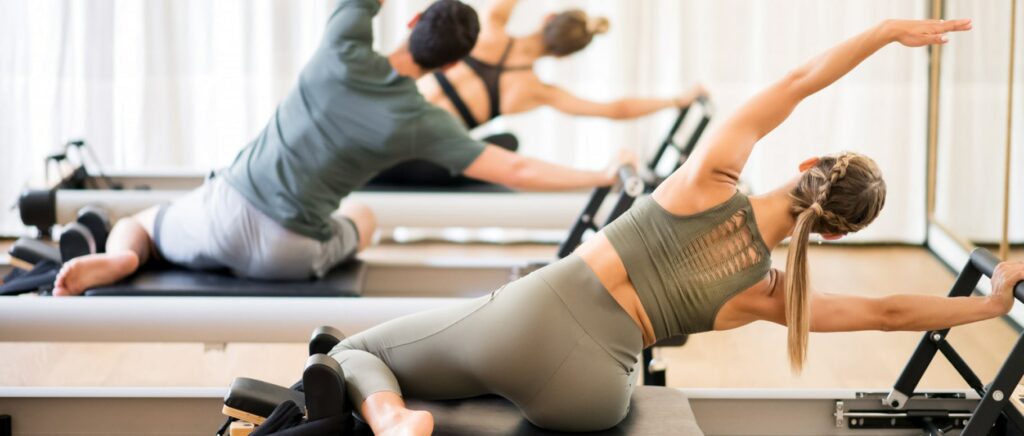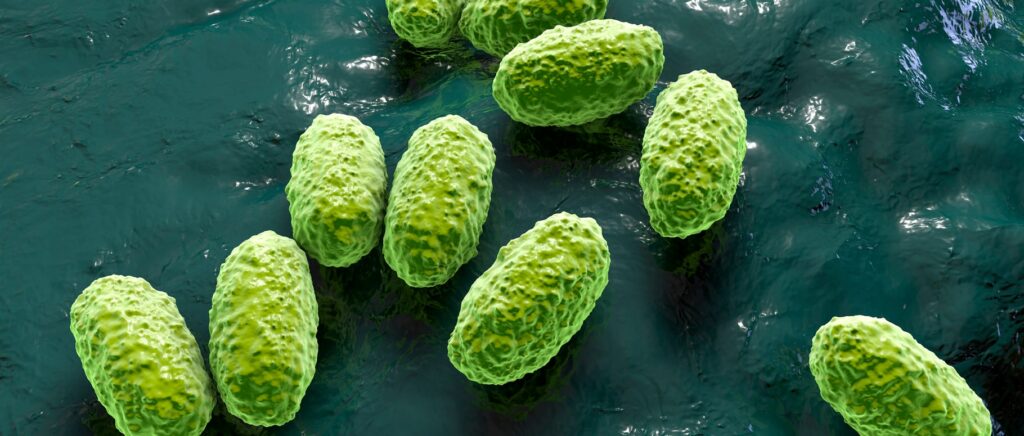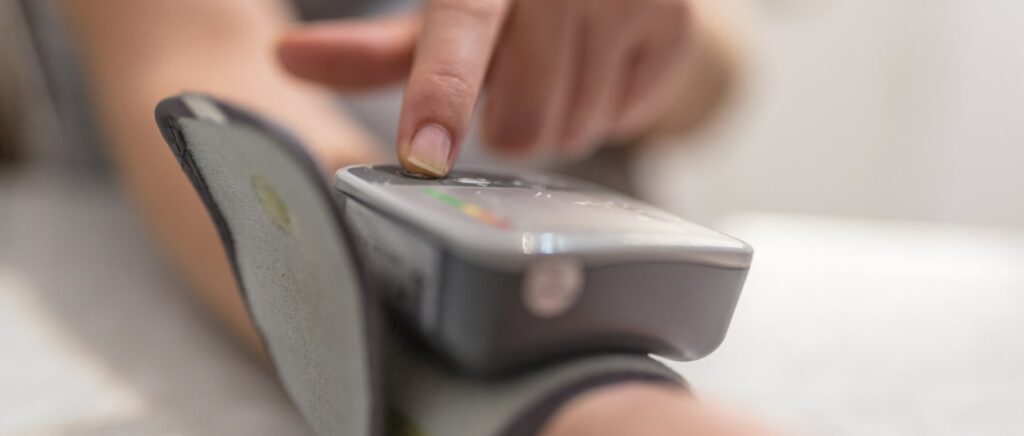
Secrets of Hollywood stars
Despite the somewhat unfamiliar names, Pilates and Callanetics are similar in many ways. These fitness systems have practically no contraindications, restrictions on age and initial physical training. That is why they are considered the best types of physical activity for pregnant women and young moms. When doing them, there is no need to keep up a fast pace and endure impact loads. But they perfectly help to fight excess weight, develop flexibility and mobility, give strength. For a long time Pilates and Callanetics were the secret of youth and beauty of Madonna, Catherine Zeta-Jones, Claudia Schiffer, Cindy Crawford, Julia Roberts and other celebrities. Now these exercise systems are available to everyone.
Future work
There are more than 600 muscles in the human body, but most of them “sleep”, practically not experiencing loads in everyday life. And many types of training “deal” mainly with the strongest, superficial muscles. For example, there are exercises that focus on one pair of muscles or muscle group (biceps, triceps, oblique abdominal muscles).
In Pilates and Callanetics, all movements are performed in such a way as to affect several muscle groups simultaneously and with the same load. This ensures a truly harmonious development of the body. In addition, both of these systems include many stretching, or stretching exercises, which are very beneficial for joints and ligaments.
Pilates and Callanetics are not aerobic workouts that involve drastic “burning” of fat. Instead, muscles gradually become stronger. It is clear that this approach will not provide a quick elimination of excess pounds, since muscle tissue weighs even slightly more than fat tissue. In this matter, Pilates and Callanetics work for the future. After all, when the body is toned, even at rest, more calories are consumed than in an untrained person. Muscle is the most metabolically active tissue in the body: the more muscle cells in the body, the faster the basic metabolism, and therefore the lower the risk of getting fat.
History of Pilates
The founder of this system, Joseph Pilates, was born in 1880 in Germany, near Düsseldorf. Since childhood he suffered from a whole “bouquet” of diseases (rickets, asthma, rheumatic fever), which limited his opportunities in sports. But the willpower of nature has not deprived Joseph. Determined to catch up with his peers in physical development by all means, he began to train on his own and already at the age of 14 had the body of an athlete.
At the age of 22, Joseph moved to England where he made a living as a boxer, circus performer, and even a self-defense trainer for Scotland Yard detectives. During World War I, he first used his experience fighting with physical disabilities to help others. Joseph conducted classes with wounded soldiers, creating an exercise system for them that allowed them to exercise even while lying ill.
In 1926 Pilates moved to the United States, where he opened his own sports studio. One of his first clients were celebrities – ballerina Martha Graham and choreographer George Balanchine. Soon almost all the dancers of the New York City Ballet were able to appreciate Joseph Pilates’ system, which the author himself called controlology. The essence of it was that all exercises were performed sitting and lying down on the mat (which is especially important for those who had suffered an injury), but the effect was even better than from classes at the ballet barre.
In the 90s of the last century the Pilates technique was adopted by trauma doctors, and then it appeared in sports centers. Of course, after the intervention of modern medicine and the influence of current fitness trends, not all of the author’s exercises have reached us in their original form, but the basic idea of Pilates gymnastics has remained unchanged.
Smooth movement towards the result
Today, Pilates includes more than 500 exercises. Each of them works on the body as a holistic system, as the main principle is to strengthen its central part – the abs, lower back, hips, buttocks. The muscles located there affect the tone of the body as a whole. All movements in this system are different. They are performed without pauses, with smooth transitions from one to another. The main thing here is not quantity, but quality, so the number of repetitions can be minimal.
At the beginner level, all exercises are done lying on the floor. It is believed that beginners should first of all master the technique of exercises and breathing, learn to concentrate attention and analyze sensations. Then training is complicated by the use of special equipment: flexible rings, dumbbells, rubber shock absorbers or balls. Finally, the most difficult stage is practicing on special Pilates simulators. They do not have a rigid fixed support, so when performing exercises, you have to make additional efforts to keep your balance.
As a result of the exercises, movement coordination improves, flexibility develops, posture improves, and thus the work of all internal organs is normalized. This gymnastics teaches us to move beautifully, plastically and gracefully. Pilates exercises relieve fatigue, improve your mood and give you a sense of peace.
From housewives to ballerinas.
Callanetics, like Pilates, is named after its author, the American ballerina Callan Pinckney. After finishing her dancing career, she made a long trip to the East, after which she decided to create a set of exercises combining ballet stretches and yoga exercises. Knowing that most women don’t like to do gymnastics, Callan Pinckney designed the workouts so that they wouldn’t be too frequent. At first, for a few months, Callanetics should be practiced twice a week for an hour to achieve results, after which the number of workouts can be reduced to an hour a week or 15 minutes daily to keep in shape.
Just like Pilates, Callanetics teaches us to master our bodies, corrects posture, and normalizes metabolism. The only difference between these systems is the way they achieve their goals. In Pilates there are no static and overly complex movements, and the basis of Callanetics, on the contrary, are static exercises: taking the necessary pose, you need to hold it for 60-100 seconds to create a load on the muscles. Callanetics is called the gymnastics of uncomfortable poses. And this definition is true. Try one of the simplest exercises: spread your arms apart at shoulder level and turn your palms upwards as much as possible. Now, without bending your elbows, take your arms back as far as possible, as if you want to connect your shoulder blades, and then gently move your shoulders. Proper execution of this exercise lifts the chest and relieves the tension of the muscles between the shoulder blades. According to the author of the method, Callan Pinckney, exercises according to her system can make any housewife a ballerina. And the first results are noticeable after only a few training sessions.
Thus, Pilates and Callanetics are not just trendy fitness trends. They are a new approach to physical improvement. That’s why they have already won the hearts of millions of healthy lifestyle enthusiasts around the world and continue to increase the number of their fans.
It is believed that just one hour of callanetics gives the body a load equal to seven hours of classic shaping or 24 hours of aerobics.
Shutterstock/FOTODOM UKRAINE photos were used



